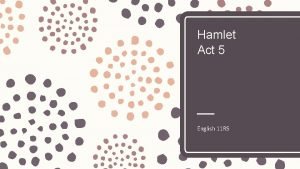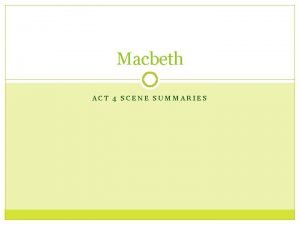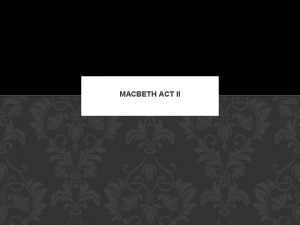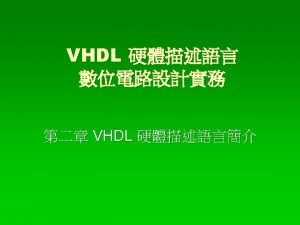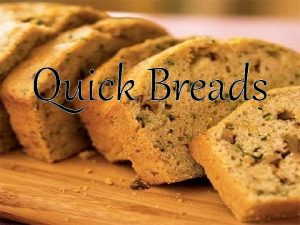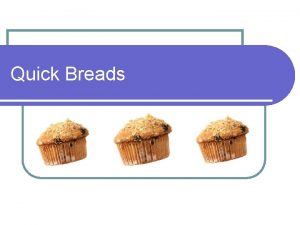A quick summary of the lesson Lesson 1





- Slides: 5

A quick summary of the lesson Lesson 1: Introduction to Ireland the European Union Classes: 5 th/ 6 th Class Subject: SPHE/Geography Strand: Myself and the wider world Strand Unit: Developing citizenship Skills: Questioning, Communicating, Observing, Talk and Discussion, Collaborative Learning, Using pictures and maps Linkage/Integration: Geography, English – comprehension skills, Music Resources: KWL, Power. Point presentation, Youtube clips, flags, research worksheet

Learning objectives • Become familiar with the reason why the EU was formed • Explore the symbols of the EU • Listen and respond to the EU anthem • Develop an awareness of the difference between the European Union and the Eurozone

Introduction to the lesson • Complete KWL charts to elicit prior knowledge. Discuss – ask the children what they know about the European Union. • Discuss what a ‘union’ is. • Explain the background of why the EU was formed. Show the Youtube clip to further explain the history of the EU. • Link it to Europe Day on 9 May. Ask children what they would do to celebrate it, compare it with St Patrick’s Day.

Body of the lesson • Show symbols of the EU – flag, motto ‘United in Diversity’. Discuss what this means and if they think that it is a good motto. • Play the anthem ‘Ode to Joy’. Does it sound familiar? Does it evoke any emotion? Discuss when it would be played – official EU events, it has been used in Ryder Cup (European v US golf teams) when Europe has won, was used as theme song in 2016 for the EUROs qualifying rounds, and the European qualifying rounds for the World Cup this year (15 – 20 mins) some politicians hummed and sang it in the House of Commons in protest to Brexit • Each child is given a flag of an EU country. Various dates are placed around the room, and each child moves to the date that they think their country joined the EU.

Conclusion to the lesson • Each child picks a flag which will be the country they will represent in the European Council simulation in lesson 6. • Children are each given a worksheet based on their country and political leader that they will research and fill in over the next few weeks. • To conclude the lesson, the children fill in the KWL charts with what they have learned. Each child tells the class one thing that they have learned, or something that they found interesting.


